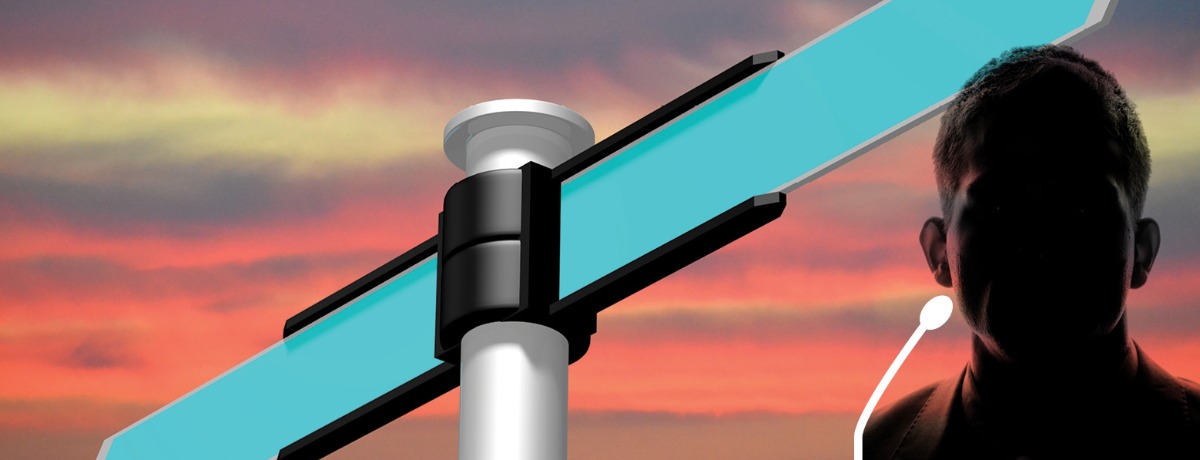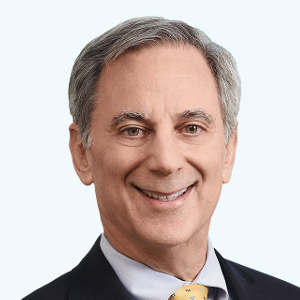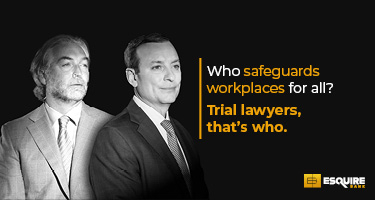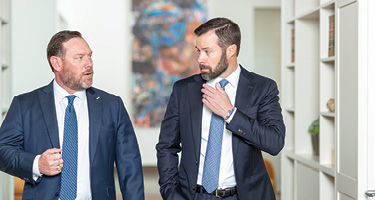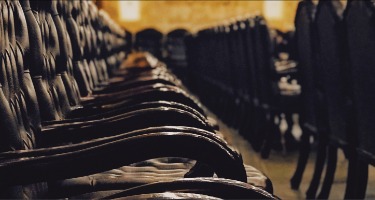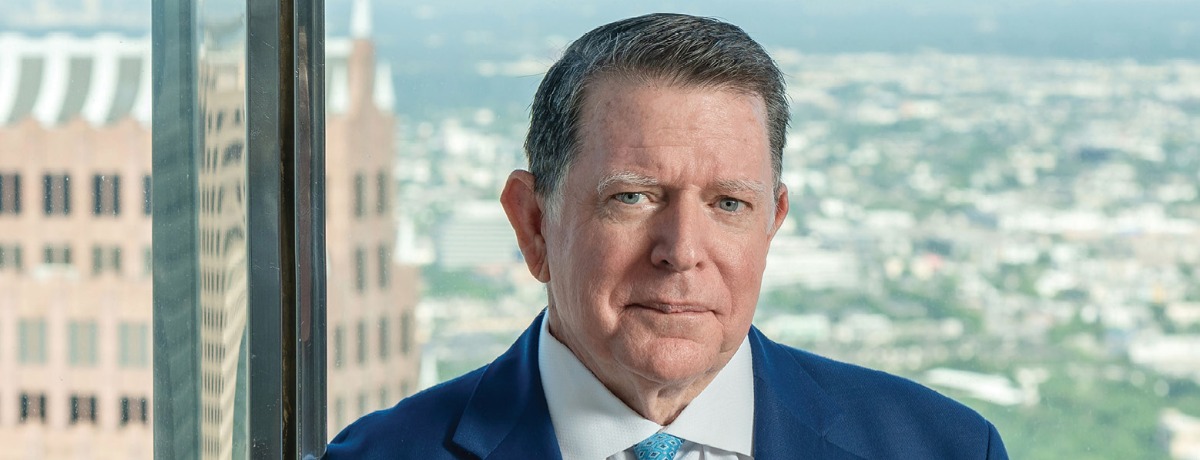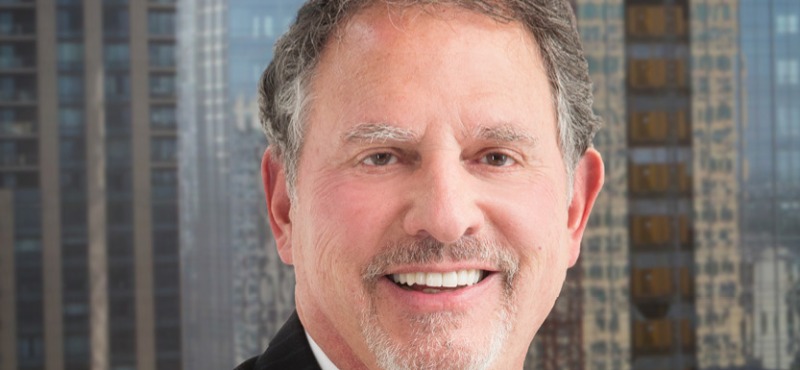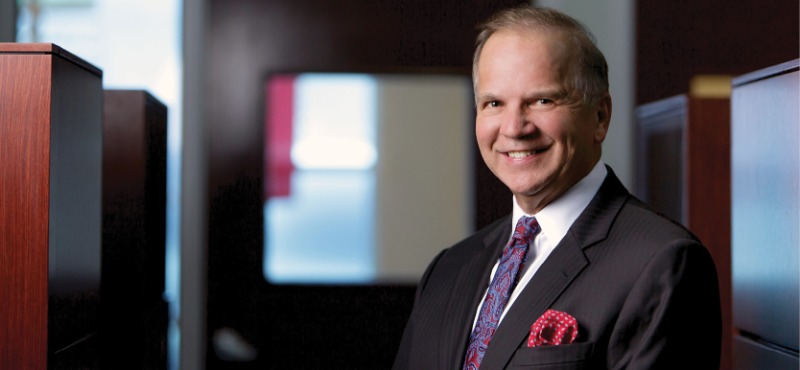Legal disputes are stories and every story has two sides. On each side is a party who believes that the truth resides with them. While they both can’t be right, their belief in the rectitude of their own position doesn’t mean the other side is lying. The other side could just be mistaken. Fortunately, we have a justice system that, when it works right, will figure it all out and dispense justice accordingly.
But what if the judge or jury gets it wrong? What if they disbelieve the right story or credit the wrong one? It’s usually not because the truth failed to resonate or didn’t do its job. It’s usually because the witness who owned the truth failed to persuade. Or as often happens, the witness who owned the truth gave such poor answers as to merit disbelief.
Testimony is hugely consequential. A witness might own the winning facts, but that will count for nothing unless three things happen.
First, the witness must tell those facts to the factfinder. A helpful but unspoken fact has no utility in a legal dispute. It’s as if the fact did not exist.
Second, the witness who tells that fact must earn the factfinder’s trust. Spoken facts from untrusted sources do not stick.
Third, if the witnesses on both sides appear trustworthy, the factfinder must have a reason for choosing to credit the facts offered by one of them. Being trustworthy is thus necessary but not sufficient. The witness must be liked—and liked more than the witness on the other side—because we more readily believe the people we like.
What makes these three things come together in a single witness? Not coincidence. Not luck. It’s preparation. And not just any preparation. Most certainly not the kind of preparation lawyers have been practicing since the dawn of litigation. True enough, old-style witness preparation is comfortable to use and deceptively appealing, which is why it remains ubiquitous. But it’s dangerous. Let’s look at how most lawyers do it and then at how they ought to do it.
The Old Way Has Big Risks
Classic witness preparation—preparing witnesses to answer questions from opposing counsel—rests on the philosophy that witnesses should testify defensively: Limit what’s given to opposing counsel. Don’t volunteer information. Don’t explain your answers. Keep them short. A simple yes or no should suffice. Don’t answer the question you think should have been asked. Don’t improve on the question. Just answer the question as asked and then stop. And don’t be afraid to say “I don’t know,” “I don’t recall,” or “I don’t understand” if those are true answers.
To the witness, the messages are clear: When the other lawyer is asking the questions, be brief. That’s more important than telling your story. The more you give to opposing counsel, the more they can skewer you. Open up only when your own lawyer asks the questions. That’s the time to straighten things out (a myth, by the way, that creates a false sense of comfort in using the conventional approach, as explained below).
When witnesses follow this advice, bad things can happen. An unexplained yes or no can easily fit into the other side’s case. “Did you ever pay John the $10,000 mentioned in the contract?” A short “no” supports the other side’s story that the witness breached the contract. Wouldn’t the witness be better off if the factfinder heard a more complete answer like this: “Not after John said that he couldn’t deliver the widgets on time.” Conventional witness preparation doesn’t produce the helpful explanation. Too bad, because a fact not spoken doesn’t exist.
Conventional witness preparation should come with a warning label: Use only for witnesses who need to be kept on a short leash, and use it at your own risk.
Does “I don’t recall” help the witness? Not if the factfinder would expect the witness to have a memory. It sounds like the witness is feigning poor recall to hide a bad fact. Wouldn’t the witness be better off by making an earnest effort: “I wish I could remember when that happened. I believe it was in May, but I could be wrong. If I checked my records, I could probably confirm that for you.” An “I don’t recall,” produced by conventional witness preparation, can make witnesses seem evasive. Evasion undermines trust, which in turn infects other answers. Too bad, because spoken facts from untrustworthy sources do not stick.
What about “I don’t understand the question”? Conventionally prepared witnesses are counseled to give that answer when something about the question seems a bit unclear. But most listeners understand the point of most questions. A witness who genuinely wants the factfinder to understand would reframe the question to make it clear. And they’d do it in a way that lets the witness control the answer and the direction of the testimony, because, after reframing, the question is now the witness’s.
Reframing—if you’re asking me x, the answer is y—lets the witness be her own cross-examiner, a friendly one. Reframing allows the witness to help the factfinder understand the case better, to understand it from the witness’s perspective. Factfinders like witnesses who help them understand the case better. Conventional witness preparation, however, shuts down those opportunities and, with it, the opportunity to be more likable. Too bad, because we more readily believe the people we like.
So what’s wrong with relying on redirect to clean things up? It’s a poor substitute for giving the best answer the first time the question is asked. Delaying repair work to a later time allows misimpressions to take hold, makes repair work harder, and gives it a spin-doctor flavor. And that assumes that the witness’s lawyer actually gets a chance to do it, remembers all the misimpressions that need correction, and knows what to ask to get the job done. The witness would be much better off if the misimpression never occurred.
Conventional witness preparation should come with a warning label: Use only for witnesses who need to be kept on a short leash, and use it at your own risk.
Nearly all other witnesses should be prepared in a more enlightened way. But what does that look like?
The Enlightened Approach
It starts with adopting a different set of goals. The goal isn’t brevity; brevity is just a tactic and not a very effective one. There are three much better goals: First, get your story out, because facts only count if they’re spoken. Second, build trust and credibility with the factfinder, because spoken facts from untrustworthy sources do not stick. Third, answer in ways that will make the factfinder like you, because we more readily believe the people we like. These three goals should shape the preparation.
Goal 1. To get the story out, the witness first needs to understand the theme of the case. The case theme is like a homing signal that brings the testimonial ship into port. It forms the way the story is told and serves as the reference point for how to frame the answers.
With a good command of the case theme, the witness shouldn’t be afraid of the questions. Questions are the opportunities to put pieces of the puzzle into place. More pieces placed means a more complete and memorable story. Of course, the witness shouldn’t go overboard. Gratuitous speeches that stray unnaturally from the question’s penumbra diminish trustworthiness. But under-answering—the hallmark of conventional witness preparation—not only sounds evasive but risks leaving much of the story untold or forgotten, including important explanations and context that contribute to a fuller understanding of the truth. Reframing questions or using transitional answers that begin with door openers like “Not in every instance, but...,” “Only when...,” “It depends on...,” “Yes, because...” allows the witness to tell more of the witness’ story.
Goal 2. To build trust and credibility, the witness must answer in ways the witness would expect from someone she herself trusts. Truth-telling is essential. Answering precisely is important too. Conceding a fact if the question requires, but being able to explain it, will also enhance trust. And an earnest, human demeanor helps to burnish the message.
Goal 3. To be likable, the witness must understand what factfinders want. Factfinders want to know what happened. Witnesses need to answer in ways that will make it easier for the factfinder to listen and understand. Through their answers, witnesses need to build a connection with the factfinder. This means shedding the bad traits and baggage that come with conventional preparation and answering with a seriousness and sense of purpose befitting the case.
Enlightened witness preparation is not easy. It takes time, careful work with the witness, and practice. Like the way a good music teacher works with a pupil, the lawyer needs to practice with the witness, listen to the answers, evaluate them not simply for content but also for style, and, if necessary, suggest a better way for the witness to find her voice and tell her truthful story. If the result matters, and of course it does, the work and effort to prepare correctly should yield far superior testimony, give the witness the advantage over the opponent, and significantly improve the chances for a better outcome.
Kenneth R. Berman co-chairs the Business Litigation Practice Group at Nutter, McClennen & Fish LLP in Boston and is the author of the American Bar Association best-selling book Reinventing Witness Preparation: Unlocking the Secrets to Testimonial Success (ABA 2018)
